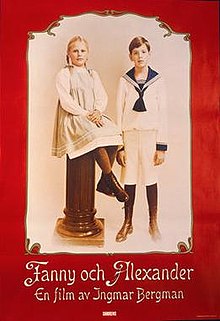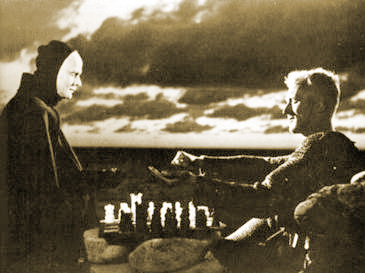Regarding what I said in my previous posts, that the treatment of children was so atrocious in the past that it caused psychosis in ancient societies, perhaps some visitors have already read a quote in one of the chapters of Day of Wrath:
In my view, the psychohistory of Lloyd deMause is indeed a notable approach to history, in the sense in which Wikipedia uses the term “notability.” I am not personally involved in psychohistory—I am a mathematical sociologist—but here are some thoughts for your consideration.
Psychohistory as put forth by deMause and his many followers attempts to explain the pattern of changes in the incidence of child abuse in history. This is a perfectly respectable and non-fringe domain of scientific research. They argue that the incidence was much higher in the past, and that there has been an irregular history of improvement. This is a hypothesis that could just as easily have been framed by an epidemiologist as a psychologist. DeMause proposes a theory that society has gone through a series of stages in its treatment and discipline of children.
Again, this is well within the bounds of social science. None of these questions are pseudoscientific. Even the Centers for Disease Control in Atlanta, a bastion of scientific epidemiology, is interested in these kinds of hypotheses.
Except for some Amazonian tribes, in our time parents are no longer allowed to bury their kids alive. Ours is an infinitely more advanced psychoclass compared to the prehistoric psychoclass and even of many historical societies (think for example of what I said yesterday about the Aztecs).
But even in our western society it is taboo to talk about the abuse that some of our parents inflicted upon us as children. Except for what Stefan Molyneux said about his abusive Jewish mother, who among the racialists has raised the issue?
 Not long ago I published a list of a hundred movies that could be seen in these times of pandemic. I forgot to mention Stand by Me, which contains a scene worth remembering (linked by the end of this post).
Not long ago I published a list of a hundred movies that could be seen in these times of pandemic. I forgot to mention Stand by Me, which contains a scene worth remembering (linked by the end of this post).
Interestingly, yesterday when I watched a DVD about LOTR’s The Two Towers I later learned that, in the extended edition of one of the films, a scene appears in which Faramir goes through a flashback which shows Boromir and his father Denethor, Steward of Gondor: who doesn’t love his youngest son.
The funny thing is that even in the non-extended version that we all saw on the big screen Gandalf tells Faramir the lie ‘Your father loves you’. Similarly, in Stand by Me Chris told Gordie a well-intentioned lie: that it was false that his father hated him.
While there is a chasm between the sacrificial practices of ancient times with the way some parents treat their children today, it is very rare to hear someone confess his pain as directly and emotionally as the boy Gordie did in the movie.
I try to break the taboo in my autobiographical books.







